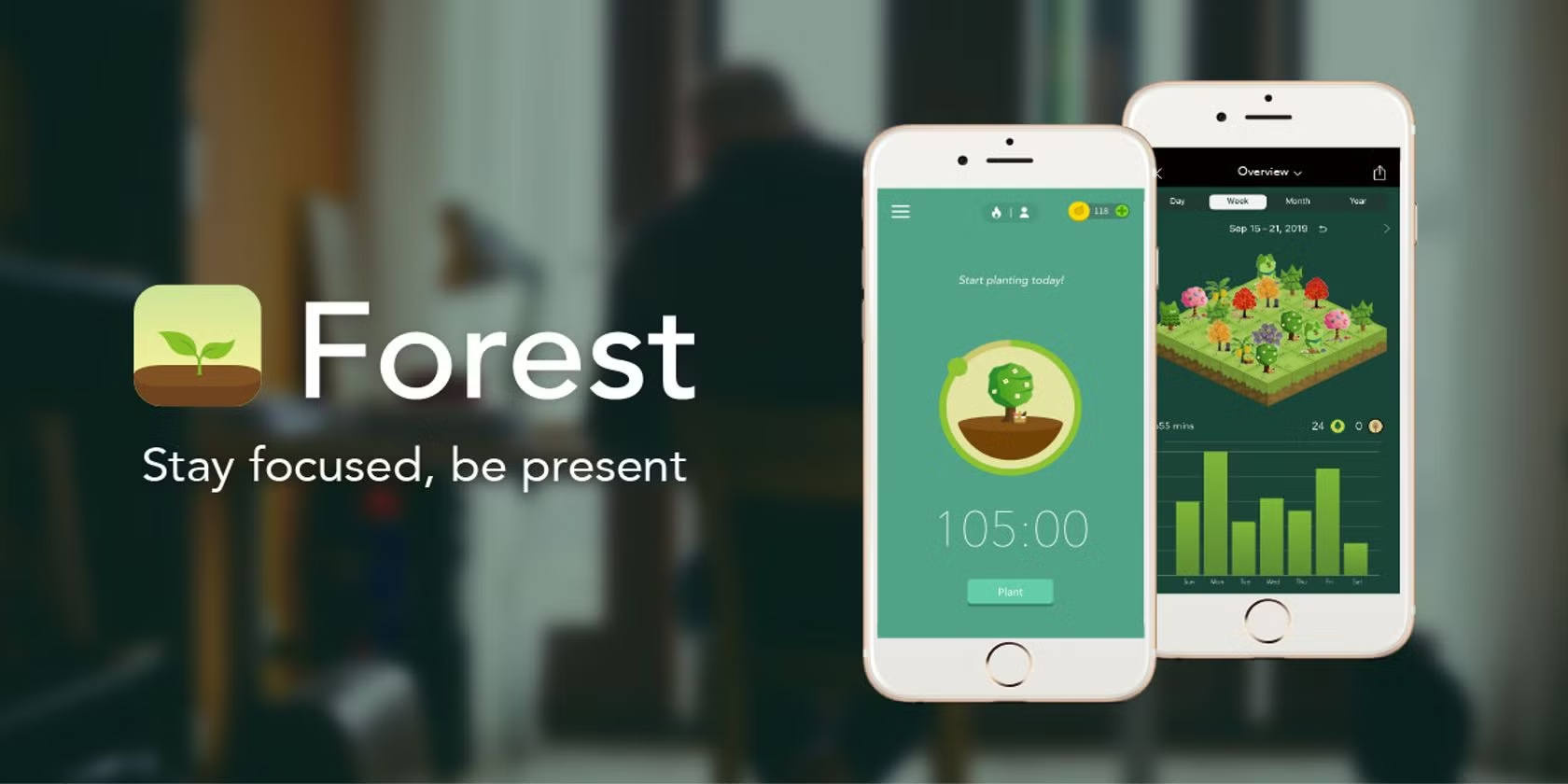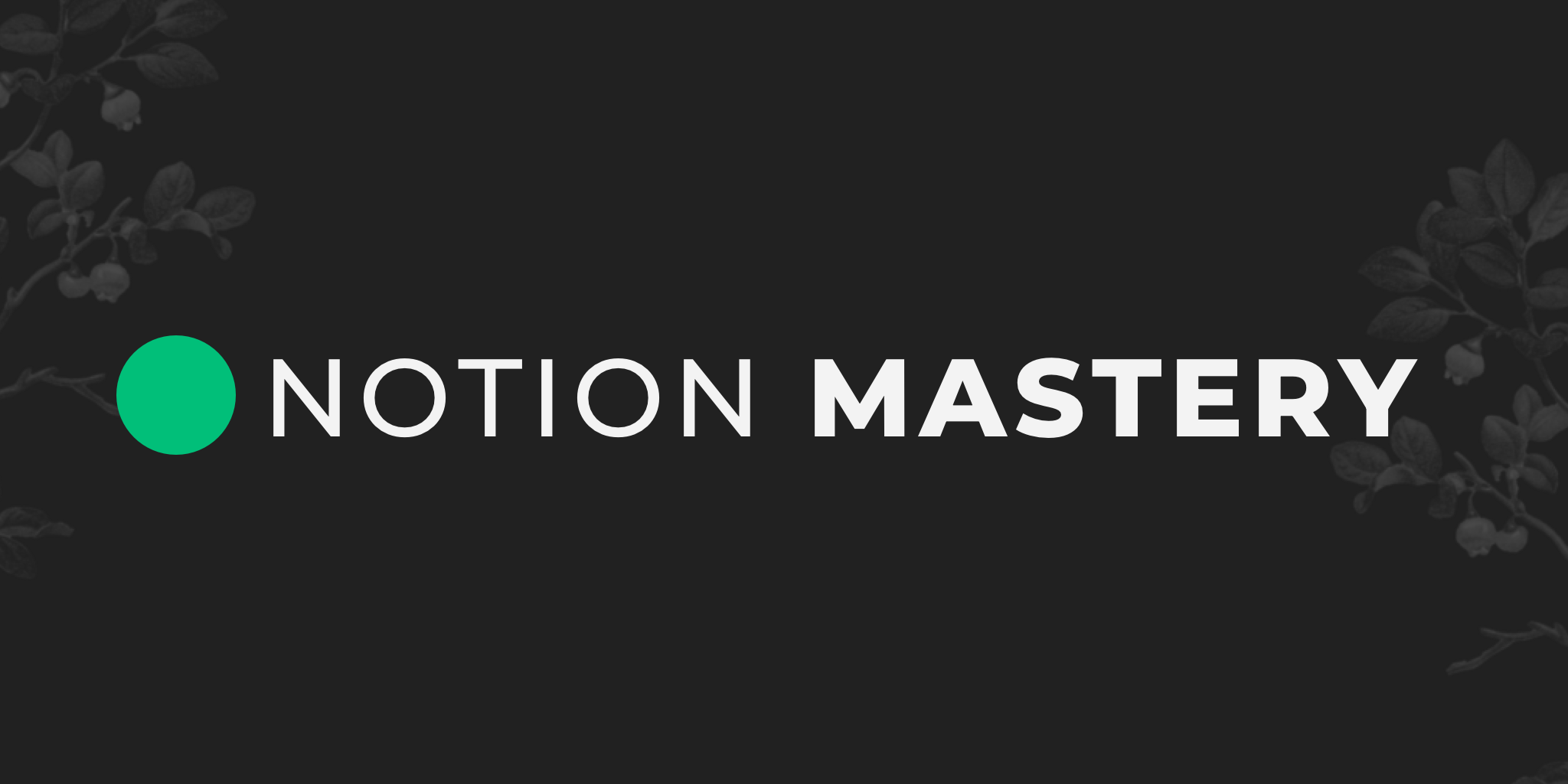vdrsoftwareonline.com – LinkedIn has become a powerful tool for professionals across industries to network, find job opportunities, and showcase their expertise. Whether you’re new to the platform or looking to elevate your LinkedIn game, this guide will walk you through the essential steps and strategies to make the most of LinkedIn.
1. Setting Up a LinkedIn Profile That Stands Out
Your LinkedIn profile is like your digital resume, but it can offer so much more. Here are the steps to create a compelling profile:
- Profile Picture: A professional, high-quality headshot is essential. Avoid casual or overly formal photos. Studies show that a profile with a picture gets 21x more views than one without.
- Headline: Think of your headline as your “elevator pitch.” Use keywords relevant to your industry or job title to help recruiters find you.
- About Section: Write a concise summary of who you are, what you do, and what value you bring. Mention key skills, career highlights, and your professional goals. This is also a good place to include keywords relevant to your field.
- Work Experience: List relevant roles and focus on achievements rather than duties. Use bullet points to make this section scannable.
- Skills and Endorsements: Add skills relevant to your field and seek endorsements from connections. This increases your profile’s credibility and visibility in search results.
2. Building Connections and Expanding Your Network
Connecting on LinkedIn goes beyond adding coworkers. A larger, well-curated network can open doors to new opportunities and valuable industry insights.
- Start with People You Know: Send connection requests to colleagues, classmates, friends, and mentors. Personalize each message, even if it’s brief, to make it more meaningful.
- Use LinkedIn’s Suggestions: LinkedIn’s “People You May Know” feature suggests connections based on shared contacts, industries, and interests. This is an easy way to build your network strategically.
- Engage with Connections’ Posts: Liking, commenting, and sharing posts can help you engage with your network. This also puts your profile in front of new potential connections.
- Requesting Connections: When sending connection requests to people you don’t know well, always add a personalized note explaining why you want to connect. This makes it less likely for them to ignore your request.
3. Creating and Sharing Content
Sharing content on LinkedIn demonstrates your expertise and keeps your network engaged. Content can range from simple posts to more in-depth articles and multimedia.
- Posts: Share updates about your work, industry insights, or professional opinions. Use relevant hashtags to increase visibility.
- Articles: LinkedIn’s built-in publishing platform allows you to write longer pieces on topics that interest you. This is a great way to showcase your knowledge and establish thought leadership.
- Multimedia: Consider adding photos, infographics, or short videos. Visual content tends to perform well and can make your posts more engaging.
4. Using LinkedIn for Job Searches
LinkedIn has a robust job search feature with filters to help you find the right opportunities. Here’s how to use it effectively:
- Job Alerts: Set up job alerts for specific positions or companies. LinkedIn will notify you of new postings that match your criteria.
- “Open to Work” Feature: This option lets recruiters know you’re open to new opportunities. You can choose whether this is visible to everyone or only recruiters.
- Applying through LinkedIn: Some jobs allow you to apply with your LinkedIn profile, which simplifies the process. Make sure your profile is complete and up-to-date to maximize your chances.
- Follow Companies: Following target companies allows you to see their posts and stay updated on job openings and company culture.
5. Engaging with Groups and Following Influencers
LinkedIn Groups and following industry influencers provide networking opportunities and access to valuable insights.
- Join Relevant Groups: LinkedIn Groups allow you to engage with others in your industry, discuss topics of interest, and gain advice. Look for active groups with regular discussions.
- Participate Actively: Share your insights, ask questions, and respond to others’ posts. Engaging consistently can help establish your presence and attract potential connections.
- Follow Industry Leaders: Many industry experts, thought leaders, and organizations regularly post content on LinkedIn. Following them helps you stay updated on trends and gain inspiration for your own posts.
6. Optimizing Your LinkedIn Profile for Search
LinkedIn’s search algorithm takes keywords in your profile into account, so optimizing for search can help recruiters find you more easily.
- Add Keywords: Use industry-specific keywords in your headline, job descriptions, and skills section to increase your profile’s visibility.
- Complete Every Section: Profiles with completed sections rank higher in LinkedIn’s search results.
- Ask for Recommendations: Having recommendations from colleagues, managers, or clients adds credibility to your profile and can improve your search ranking.
7. Tips for LinkedIn Etiquette
Like any social platform, LinkedIn has its own set of unwritten etiquette rules:
- Avoid Overly Personal Content: Keep posts professional and relevant to your industry.
- Respond to Messages and Connection Requests: Aim to reply to messages within a reasonable timeframe. If you can’t connect with someone, you can still send a polite message explaining why.
- Don’t Overdo Self-Promotion: While it’s okay to share achievements, try to avoid sounding too promotional. Balance self-promotion with posts that add value to your network.
8. Leveraging LinkedIn Learning for Skill Development
LinkedIn Learning is a valuable resource, especially if you’re looking to develop specific skills. The platform offers thousands of video courses on topics ranging from leadership and management to technical skills and software tutorials.
- Add Completed Courses to Your Profile: When you complete a course, you can add it to your LinkedIn profile to showcase your new skills.
- Find Courses Relevant to Your Career: LinkedIn will recommend courses based on your profile, making it easier to find content relevant to your career goals.
Conclusion
With its wide-ranging tools and features, LinkedIn can be a game-changer for anyone looking to advance their career. From setting up an optimized profile to networking effectively and sharing valuable content, this platform offers endless opportunities to connect, learn, and grow professionally. Start implementing these tips to make LinkedIn work for you—whether you’re hunting for jobs, building your network, or simply staying informed about industry trends. Happy networking!





